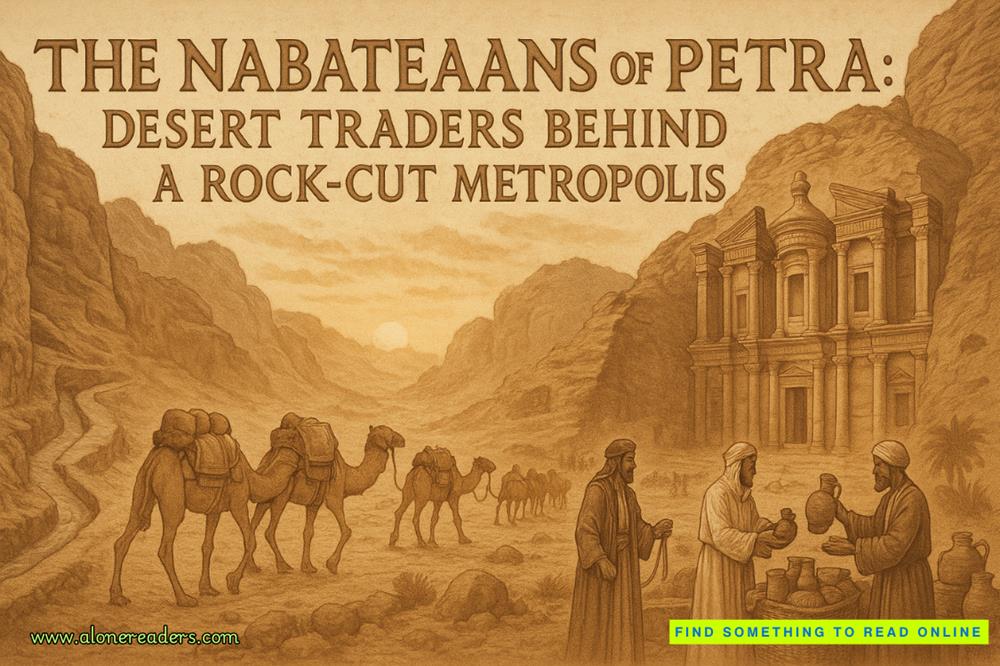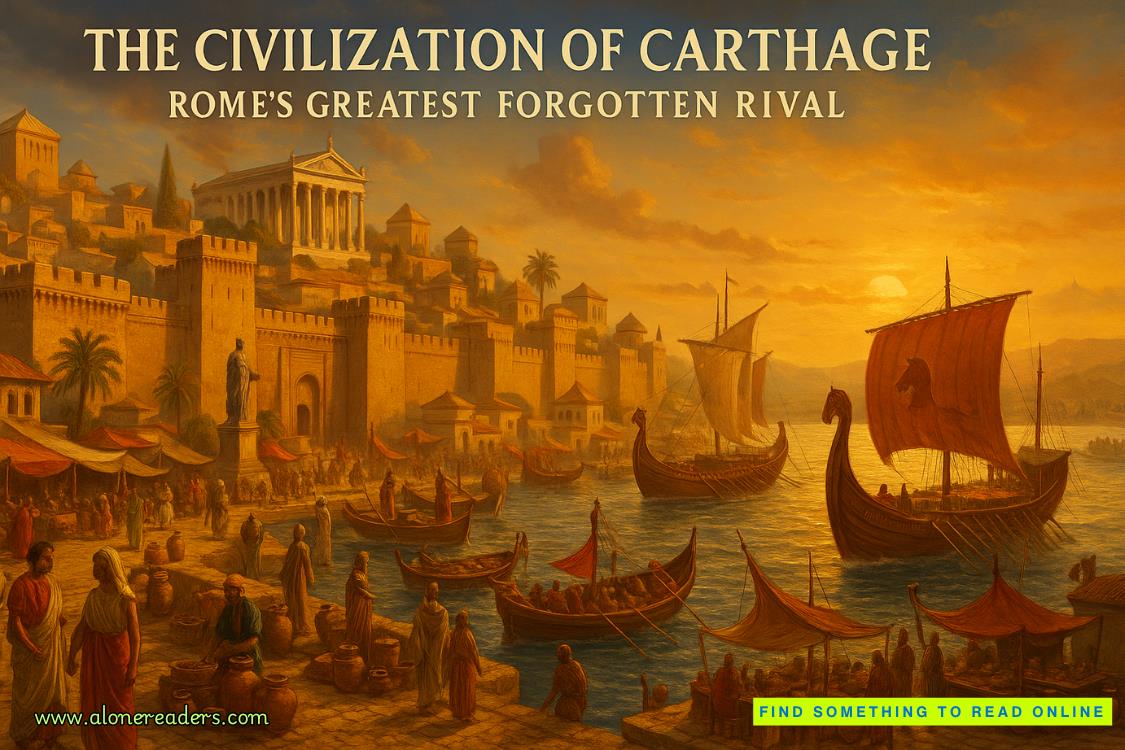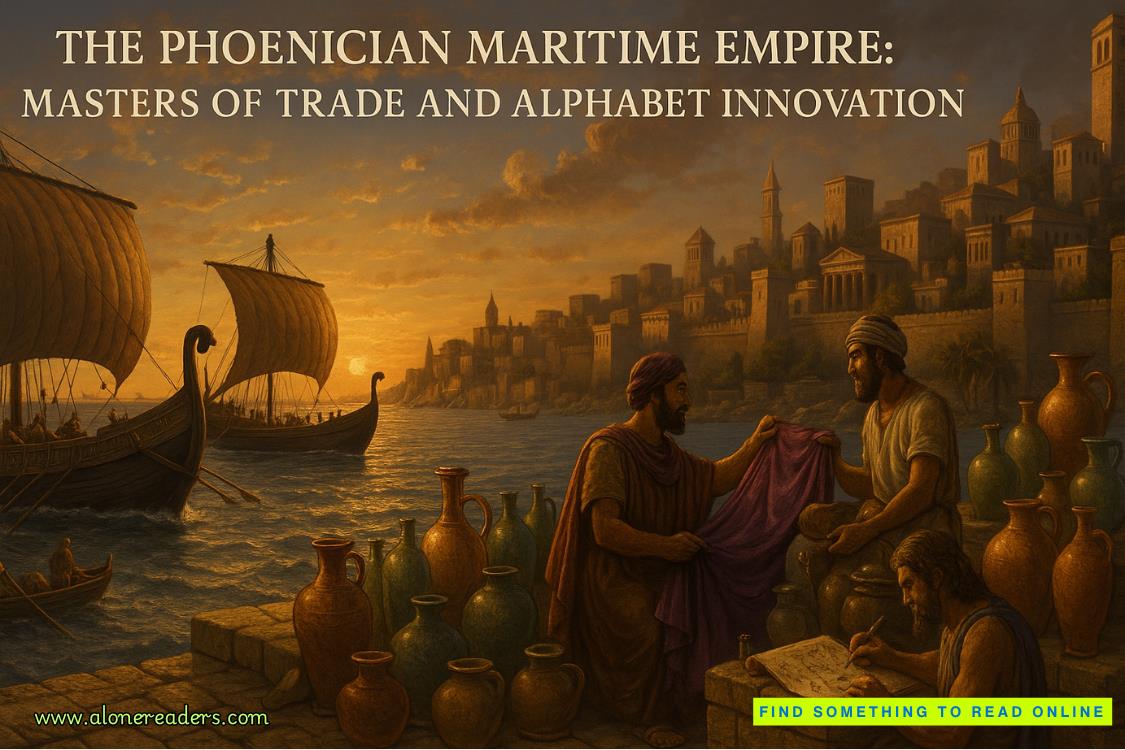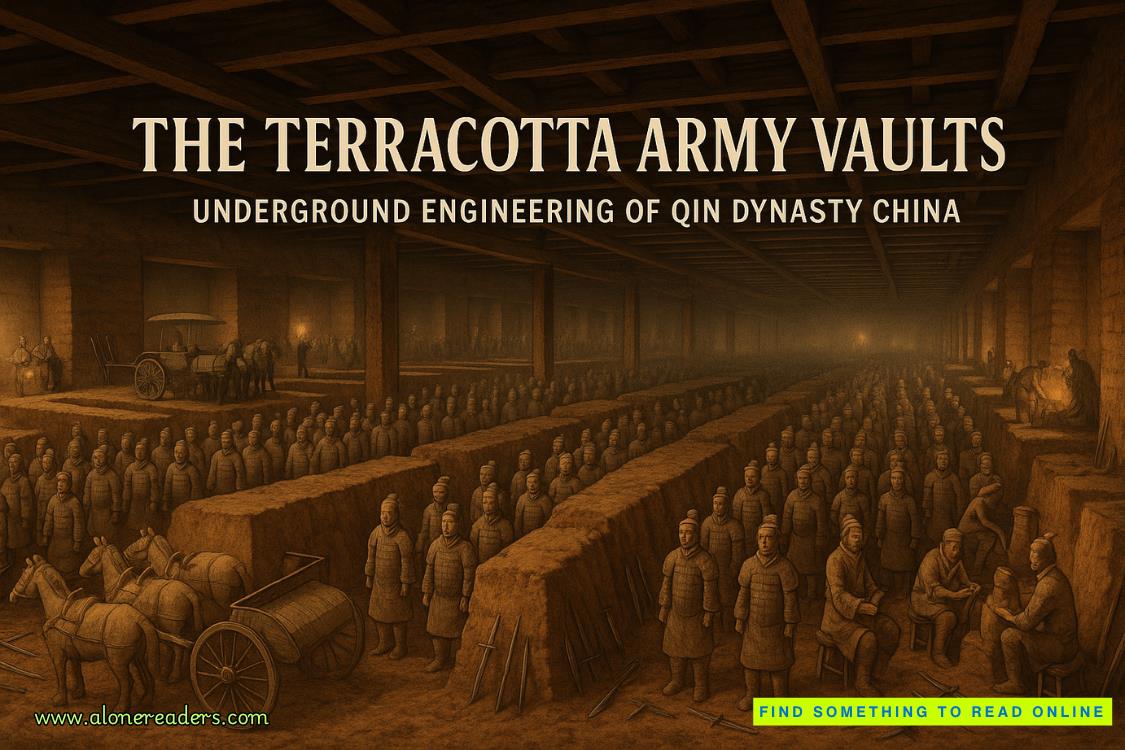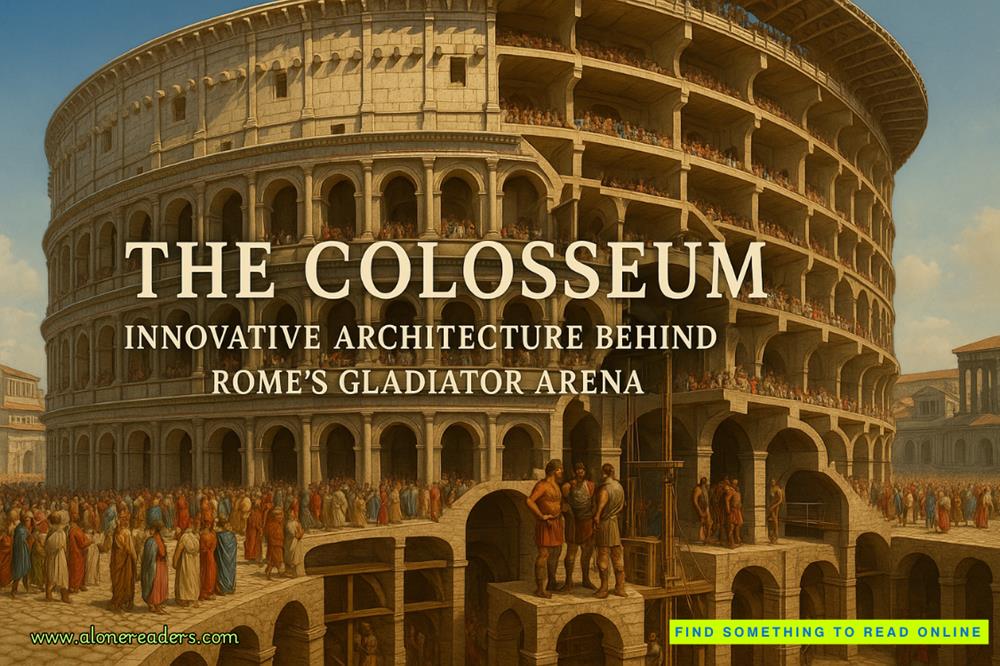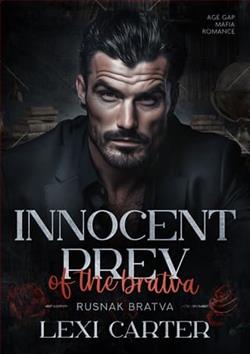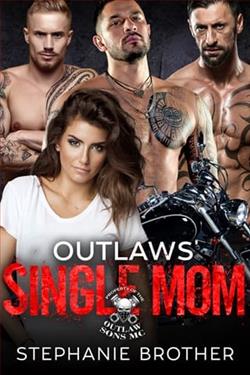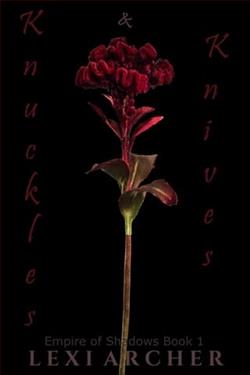Page 23 of His Wild Storm
Knox is sitting next to Wilde, their heads close together like they’re sharing secrets. The idea of Wilde sharing anything with Knox stings a little bit. It’s not exactly right, but I’ve been the only person Wilde could confide in for a long time. He never trusted his father enough to share anything important.
It was always me.
Can I share my son with someone else? I’d like to think I can, but the way my heart clenches makes me wonder if it’ll be something I won’t be able to deal with.
Then I look at the way Wilde’s blue eyes are lit up with happiness. It won’t be easy, but it’ll be worth it. Wilde deserves to have someone like Knox see who he is, and recognize just how fucking special he is.
Knox points toward the bowl and then to the drawing on the sketch pad in front of Wilde. He makes some motions that looklike he’s blending something. I can almost hear my son whisper chiaroscuro, his new favorite word.
I almost laugh. If you’ve never had your four-year-old say chiaroscuro with a straight face, you haven’t really lived.
After moving away from the door and leaning against the wall, I keep my eyes on Wilde and Knox. There is an ease between them. It’s like nothing I’ve ever witnessed when it comes to Wilde. He looks up at Knox like he’s a superhero.
And Wilde has never hidden how he feels about superheroes. There’s more than a little bit of worship going on there. It’s clear a big part of it is his young age. Then again, there are many adults who are big superhero fans. The only difference between the men and the boys are the men having their own disposable income.
But, hey, if you have it then spend it however you want. It’s not like you can take money with you when your time is done.
Knox smiles down at Wilde before giving a nod and standing up. He turns just enough to face me, and his eyes find me immediately. It’s almost like he knew I was here before he saw me, but it doesn’t make any sense.
His mossy green eyes hold me hostage. It doesn’t appear like he’s faring much better than I am as his eyes darken.
Just as he takes a tentative step in my direction, one of the kids asks, “Can you show us what you drew?”
Knox turns toward the voice which breaks the connection between us. I instantly feel colder without the warmth of his gaze on me. It makes no damn sense, and I don’t know if I particularly like the feeling.
“It is about that time,” Knox says as he lays a hand on Wilde’s shoulder and gives a squeeze before moving back toward the front of the classroom. He sits on the edge of the table next to the bowl of fruit and reaches for the sketch pad right behind him.
When he holds it up, I have to stifle the gasp wanting to come out. Not only did he capture the bowl of fruit, but he drew the tables behind it and the kids hunched over their own pads of paper. The kids appear just a little out of focus while you can really see the iridescence of the bowl where the fruit sits. It’s amazing.
“Woah,” is breathed out in the room.
I have to agree. The background images aren’t completed or detailed, but there’s something special with them even being included. It’s a surreal commentary about what is being observed with purpose while also being observed by others.
“How did you get the bowl to show a little color while also appearing clear?” Wilde’s question is filled with awe and I’m curious about the answer as well.
“I was able to achieve this by layering light color over the fruit. It’s soft and requires some blending, but it helps really place the fruit inside of a bowl like this.” He points to the bowl on the table. “And since I was sitting on the backside of where the bowl is displayed, I had a different perspective than you all did. How does my perspective, which means the view I have of the subject, change my drawing compared to all of yours?”
“You have us in the background,” Katie, one of the older kids in the group, comments.
“That is one major thing about a change in perspective, it can change the background of your piece. When we started class today, I told you to focus on the bowl of fruit only and we talkeda lot about shadow and light as I went around, but I included the background because it’s important to see more than just the main subject sometimes. The details are important.”
“Now that we’ve talked a little about how to build this bowl of fruit and how perspective, light, and dark can play together, next week we’ll be working on a treasure box. It’ll be more detailed in some ways, but the way you use perspective can make or break how an object sits on your paper. The use of light and dark can really help the subject look three-dimensional instead of flat.”
One of the kids blurts out, “A treasure box?”
“Will there be actual treasure inside?” Wilde is the one who asks the question and I’m not at all surprised. He’s always been the kind of kid to look for treasure wherever he is.
It could be the perfect rock, or a leaf that’s a pretty color during fall. A few times he’s found pieces of glass and tried to tell me they were gems. Yes, I did freak out a little each time, but we talked about it and worked through it. I’m sure he’ll find glass again and think nothing of it, but I tried and it’s all I can do sometimes.
“I don’t know,” Knox teases the kids. “I guess you’ll just have to find out next week.”
The kids groan and Knox chuckles at their reaction. A few grumble under their breath, but no one is over the top disrespectful and Knox’s smile stays in place as he waits for them to calm down.
“Before we wrap up today, does anyone want to show off their drawing?”
All the kids hold up their sketch pads without even a hint of hesitation. They look around and check out each other’s work.
“Katie,” Wilde chirps, “the way you shaded the banana hanging over the edge of the bowl is amazing. It looks like it’s jutting out from the page, and I could reach out and grab it.”

